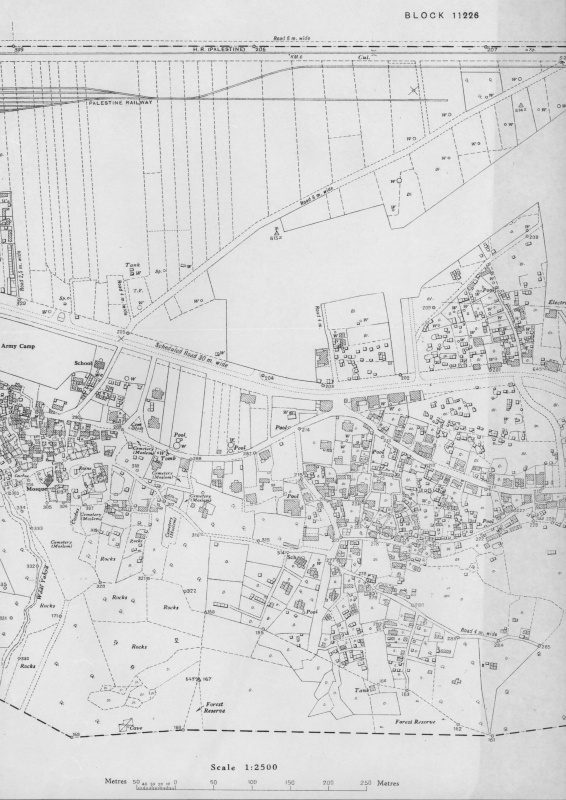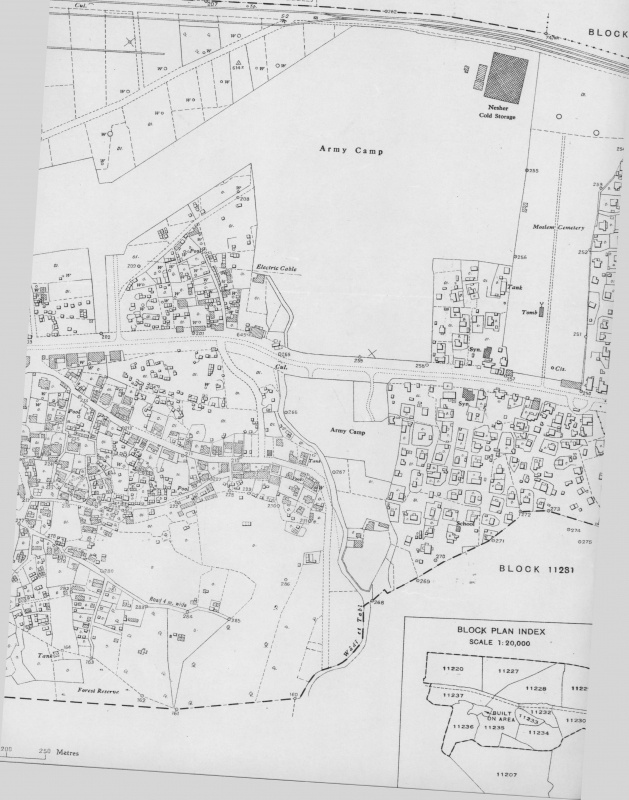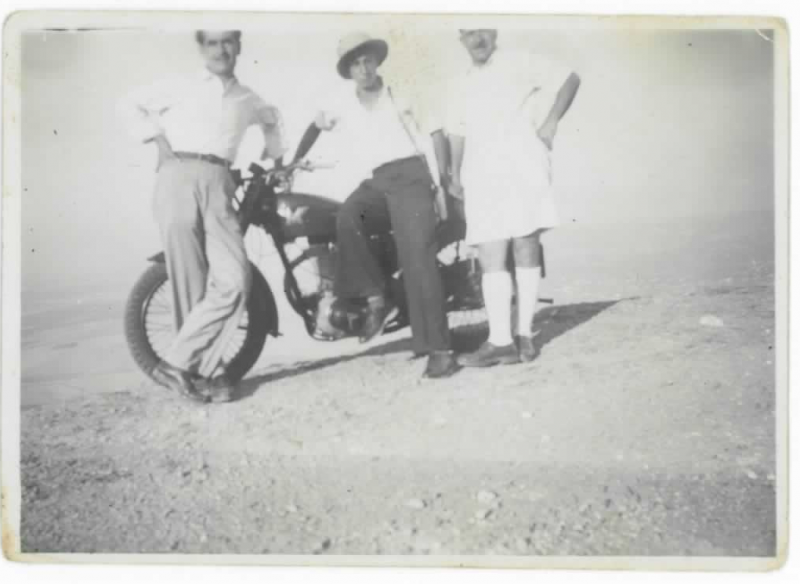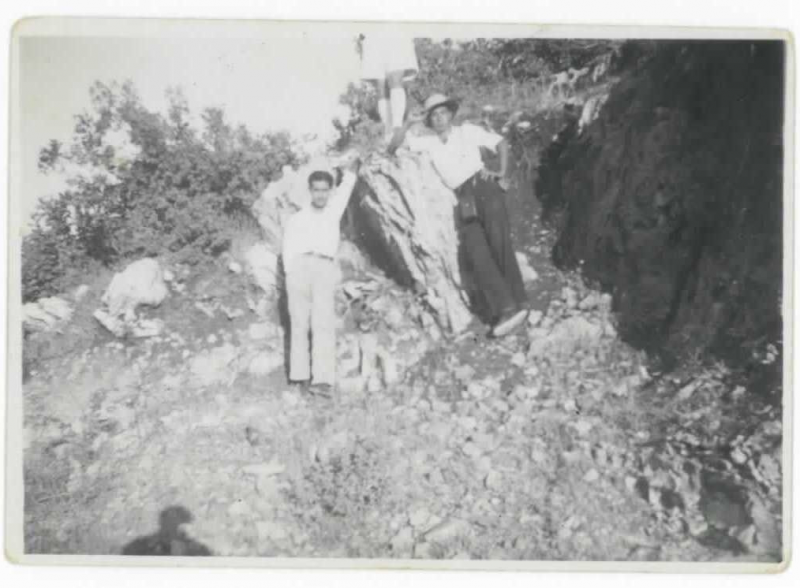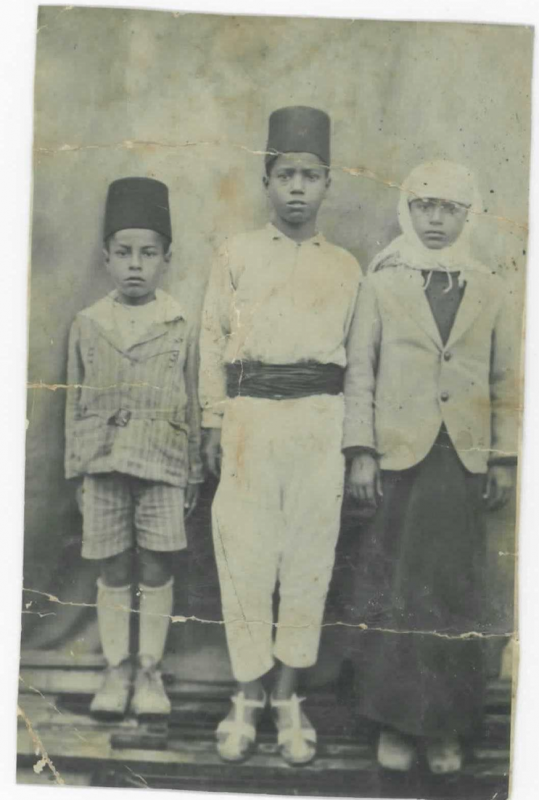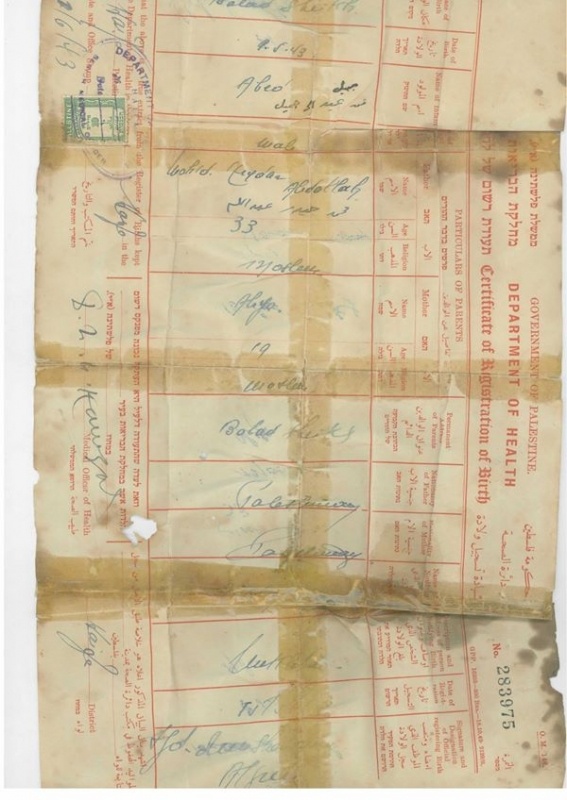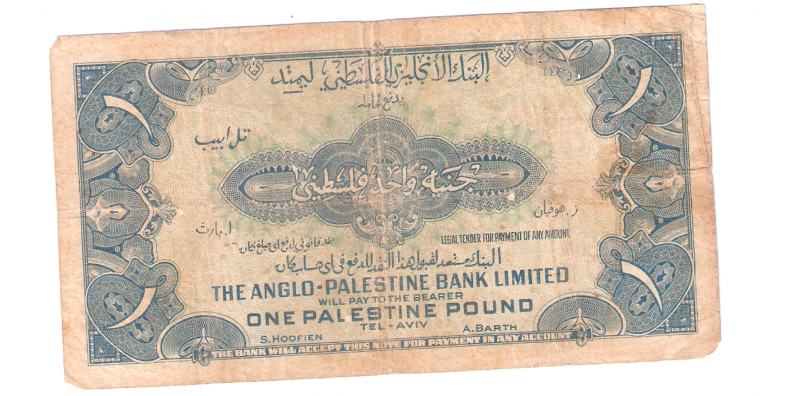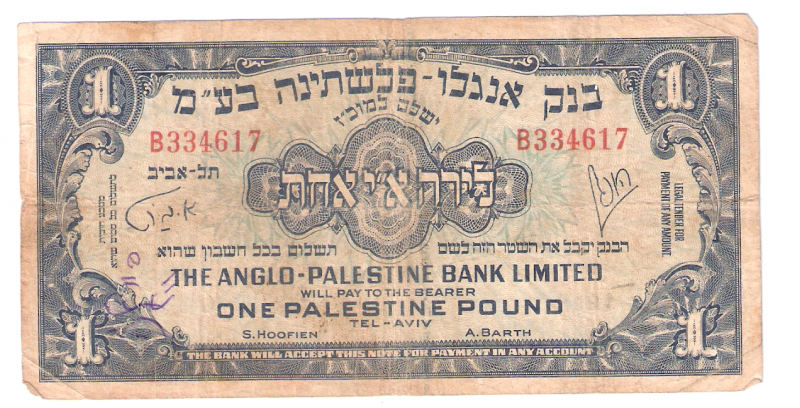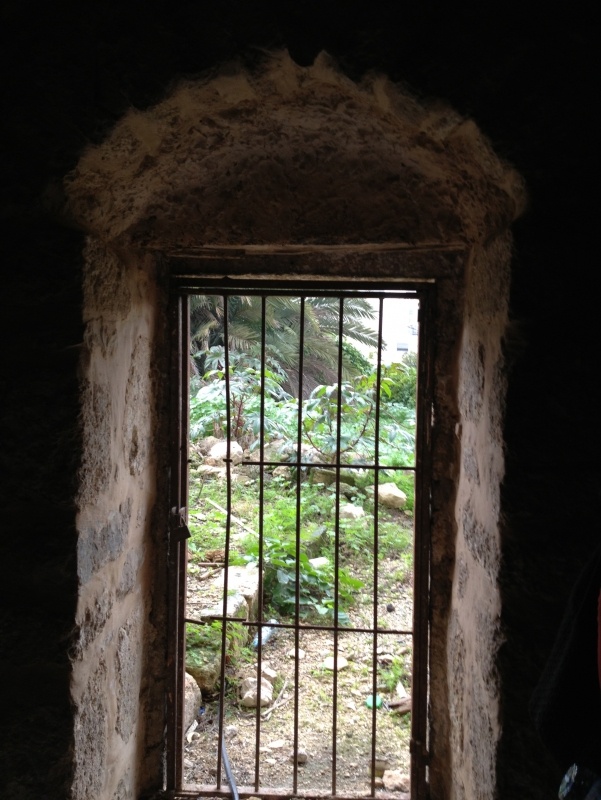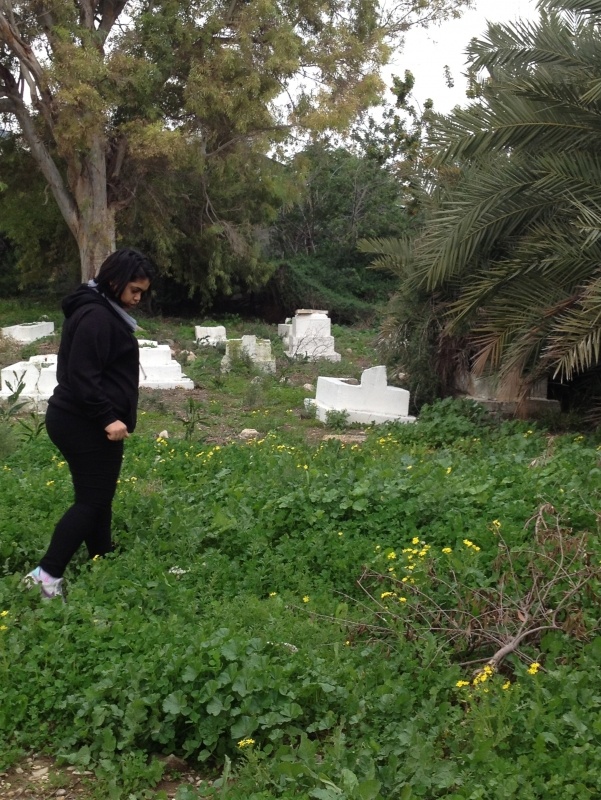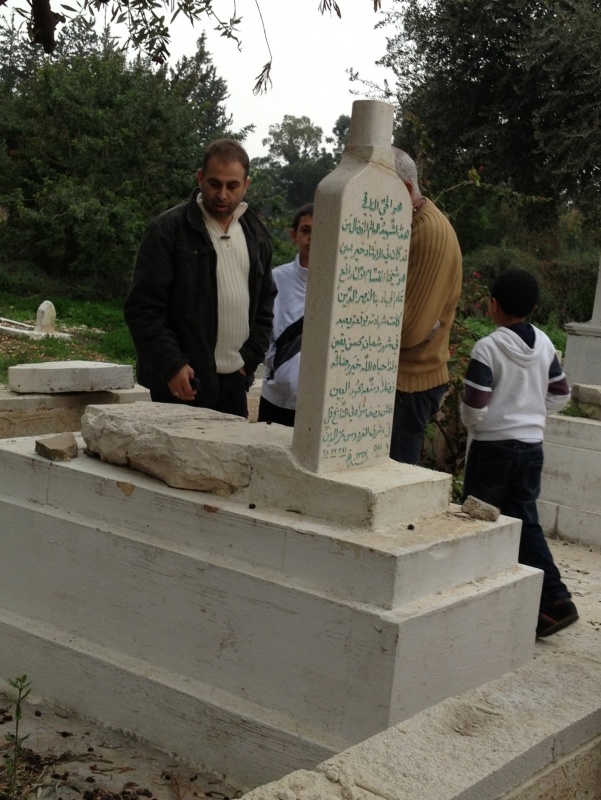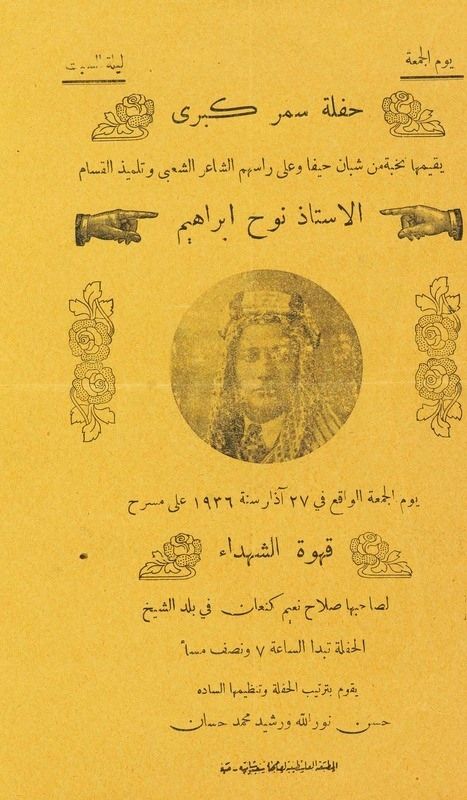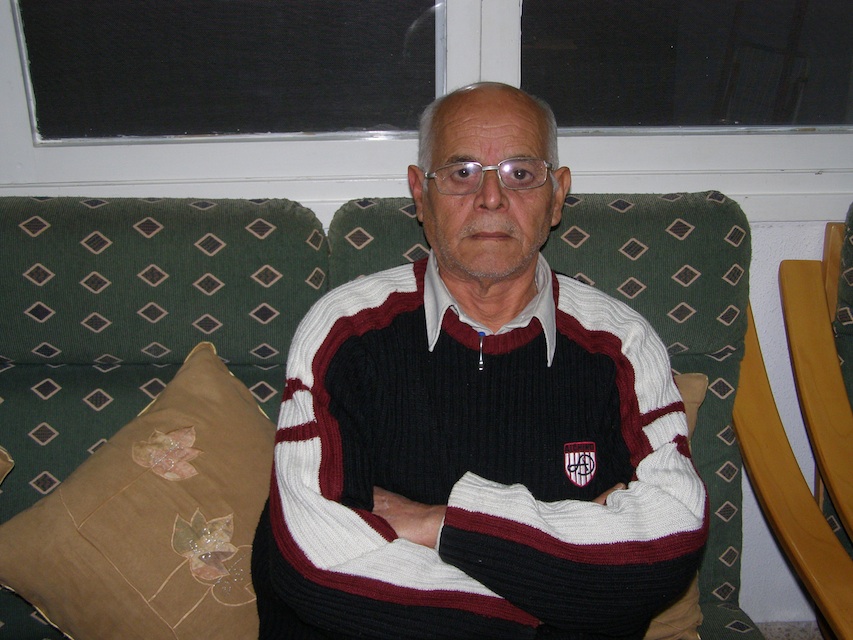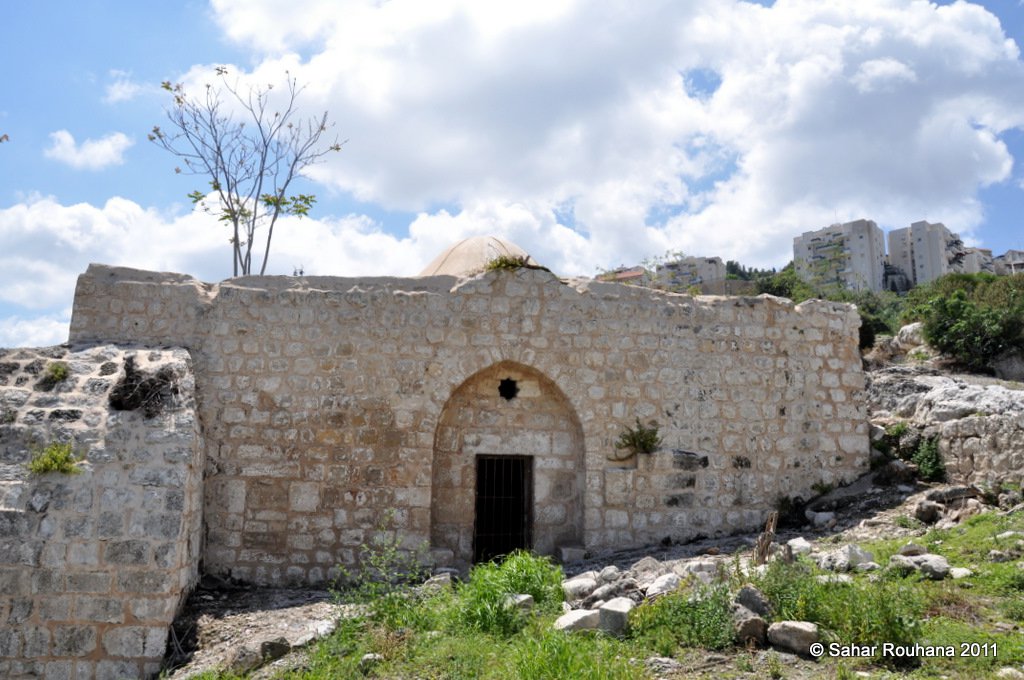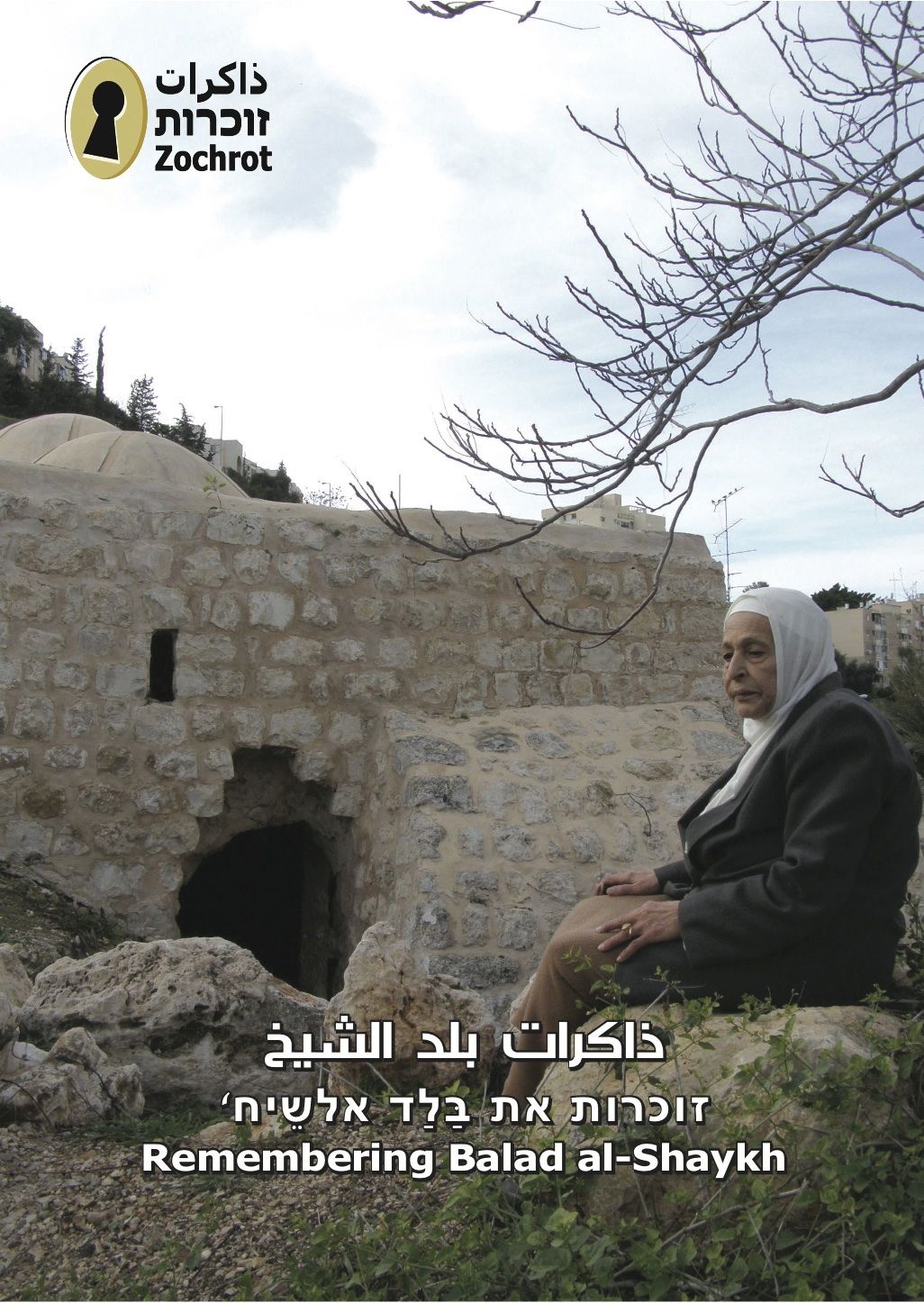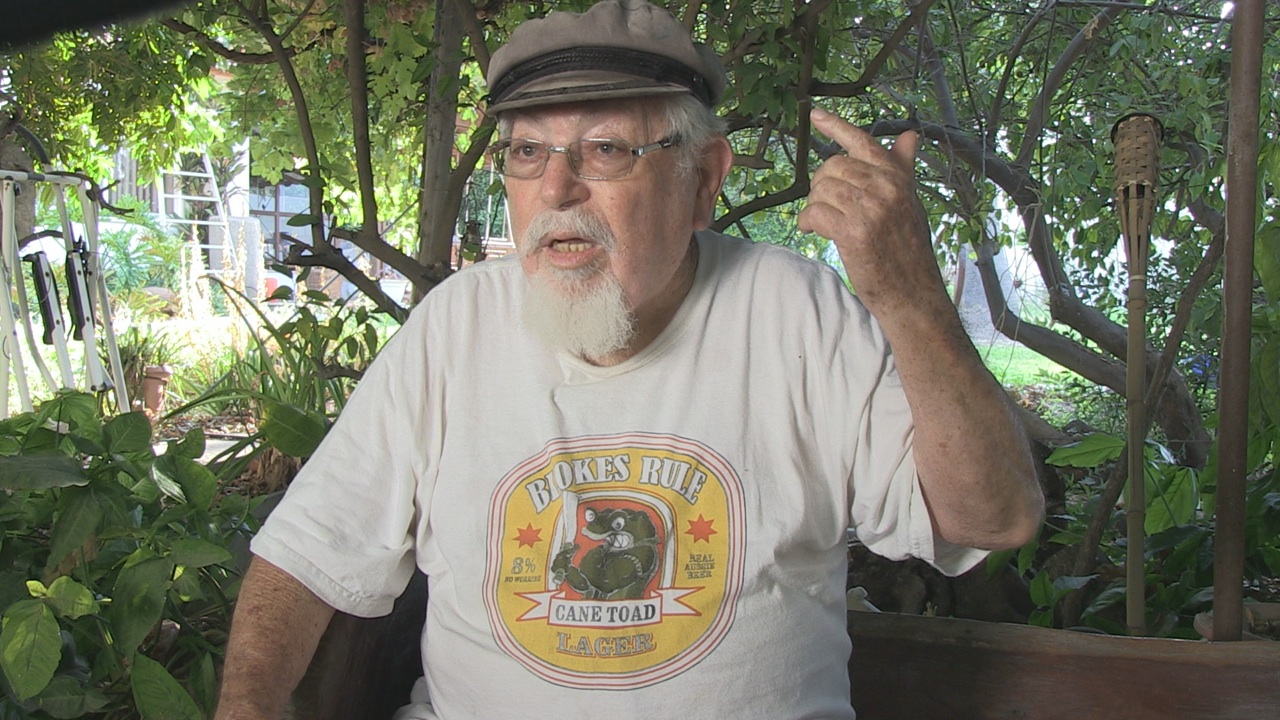Info
District: Haifa
Population 1948: 4780
Occupation date: 24/04/1948
Occupying unit: Carmeli brigade
Jewish settlements on village/town land before 1948: Nesher
Jewish settlements on village/town land after 1948: Nesher New Neighborhoods (Ramot Itzhak), Givat Amos, Ben-Dor, Givat Nesher, Kiryat HaTechnion (Haifa)
Background:
Balad al-Shaykh Before 1948
At 7 km distance from Haifa, the village lay on the Haifa Plain at the foot of the north-western extension of Mount Carmel. The Haifa-Jinin highway and the Haifa-Samakh railroad passed to the east of the village. Traveler Victor Guérin estimated the population of the village to be of 500 in 1875. In 1945, it was the second largest village in Haifa District in terms of population, and it was inhabited entirely by Muslims. It had a rectangular layout, the houses were clustered together and were mostly built of cement and stone. Coffee shops and two gas stations were located along the Haifa-Jinin highway, and it also had an elementary school established in the village in 1887. The village cemetery contained the tomb of Shaykh 'Izz al-Din al-Qassam, an ascetic preacher whose death in action against British security forces in 1935 triggered the 1936 revolt against the British occupation.
The village economy was based to a great extent on agriculture and livestock, with olives, grain, and fruit as the most important products. Some villagers also worked in Haifa. During the British Mandate, Zionist investors leased part of the land and established a cement factory on it, as well as other buildings which eventually became the Nisher settlement.
Occupation, Depopulation, and Israeli Settlements
A massacre was committed in Balad al-Shaykh by the Haganah on 31 December 1947.
According to the History of the Haganah, a force of 170 men from the Palmach were ordered to 'encircle the village, harm the largest possible number of men, damage property, and refrain from attacking women and children.' Nevertheless, there were also women and children among the 60 people left dead. Several dozen houses were also destroyed during the attack. The massacre was meant to be in retaliation for the killing of Jewish oil refinery workers the previous day, allegedly by Palestinian coworkers from the village, an action which had itself been provoked by a bombing by the Irgun at the gates of the Haifa oil refinery in which 6 Palestinian workers were killed and another 42 wounded - according to the Palestinian newspaper Filastin. The paper reported that a bomb was thrown from a speeding car while they were standing in an employment line outside the refinery. Ironically, the Haganah had labeled the attack 'irresponsible' [Benny Morris].
After the massacre, the village was partially evacuated on 7 January 1948, and it wasn't occupied by Zionist forces until late April 1948. Plan Dalet had called for the occupation of Balad al-Shaykh by the Carmeli Brigade in the same operation that captured Haifa. After the fall of Haifa on 22 April, some women and children were moved to safety, as a new attack was expected. On 24 April at dawn, Haganah units surrounded the village and demanded that the villagers surrender their arms. According to both the New York Times and Benny Morris, the villagers handed over '22 old rifles' and asked for a truce, but the Haganah refused and threatened to attack if other weapons were not surrendered. At 5 a.m., it opened fire with mortars and machine guns. A British unit which reached the scene at 6 a.m. reported that there was 'virtually no reply' to the Haganah fire from the village. An agreement was then negotiated for the evacuation of the villagers under British escort. Some of them apparently went to Acre, and Morris reports that a few days later they fled the city gripped by panic in anticipation of a new Haganah attack.
Zionist immigrants settled in the village in 1949 and renamed it Tel Chanan, now part of Nesher township.
The Village Today
Many of the Arab houses and shops are still standing and are occupied by the settlement's inhabitants. The cemetery is in a state of neglect.
--------------
Source: al-Khalidi, Walid (ed.). All that remains: the Palestinian villages occupied and depopulated by Israel in 1948. Washington DC: 1992.
Videos
A soldier in the Palmach's First Battalion
Haifa District


